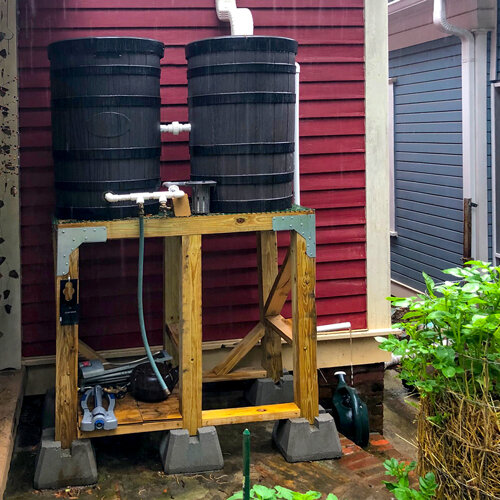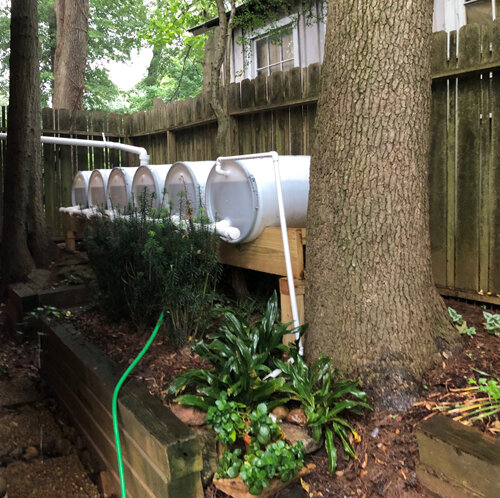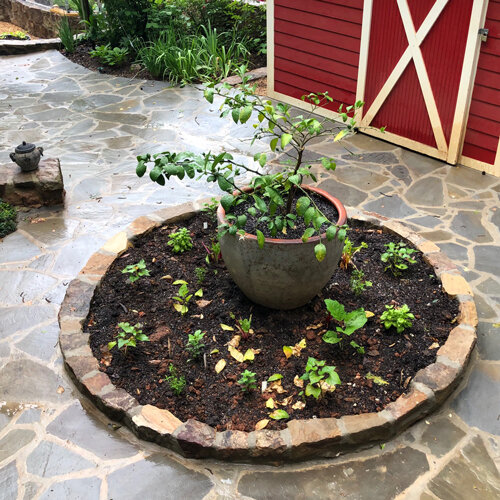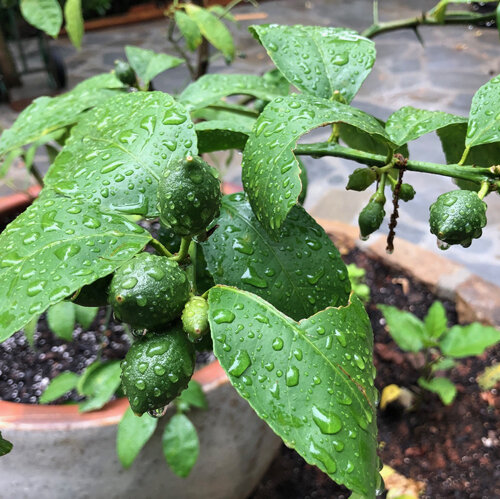Many worlds revealed...
For years I’ve felt it difficult to find the time to delve into some things that interest me… obligations, distractions in the way. Really didn’t need a virus to provide opportunity but it has. At least our response to it has. Franca and I cook more carefully and more adventurously, eat more slowly, garden more, read more, enjoy being together. And, we find time for other things.
_ _ _
The SSPG is concentrating obliquely on book making this time around. That might have been the intention to come later in the year but the pandemic has forced us away from actual personal contact consequently redirecting our efforts toward more individual pursuits.
I’ve been interested in book making for a while, especially Japanese book making. There are books on Japanese methods, YouTube videos that show how and several web sites for tutorials and materials as well as tools. Made my first book yesterday, May 26, 2020. It’s pretty rudimentary but it is a book of 7 photographs. I printed the images on paper I’ve had a while and not used, Hahnemühle William Turner. It comes in two weights 310 gsm and 190 gsm. I had the 310 and bought some more because it seems to lend itself to Japanese style images, brings a kind of seriousness to the photograph. I may try the 190 as well, less weight and stiffness.
Amazon had a book making “kit”, $25 I had delivered. It seems to be a pretty good starter. I purchased three books I think will contribute over time.
• Ikegami, Kojiro (1979). Japanese Bookbinding. Weatherhill.
• Kyle, Heidi and Warchal, Ulla (2017). The Art Of The Fold. Lawrence King Publishing.
• Hollander, Tom and Hollander, Cindy (2019). Introduction To Bookbinding & Custom Cases. Schiffer Publishing.
_ _ _
There’s a certain amount of personal attachment to the idea of self-sufficiency when you live and work on a farm. When crisis occurs there is a wellspring of knowledge and confidence a farmer can tap into. Turn in, observe the cycles of nature, work hard… you can feed yourself, survive. We might not be able to be anywhere near self-sufficient but, even small scale gardening helps.
We started this year planting our raised bed, planting large pots and finding any place bare enough to plant something to eat, parsley, chard, kale, herbs, peas, radishes, collards… bunch of stuff. We had trouble with our rodent friends, 5-Lined Ground Squirrels and Eastern Gray Squirrels. Some say to let them have what they will eat, it’ll not be much. Bullshit. Between these 2 species we lost 20+ plants in two days. That’s about $26 we had to replace and we lost the growing time as well because some of these plants we planted from seeds.
What to do? Baffles in the pots, brick chips, hardware cloth crescents … But the raised bed was a different matter. We are using it as an intense growing area and the squirrels dig up the plants and don’t eat them just wreak havoc and move on. So…
So far, so good.
_ _ _
Part of the problem with lots of plants is the need they have for water. Last year, during a semi-drought, we had monthly water bills of almost $400. Over the long haul we would just give up and go to the grocery store. But no, it rains and it has always bothered me that the water was there, right there, and we let it flow away. Rain barrels. We have 600 gallons of storage now that can be replenished in about 2 hours with a “good” rainfall. (click through)
There are another 4 barrels in other places around the house. We’ll see what a difference they make over the summer. The water that comes from the roof is not potable and you can’t water from the top with it but watering correctly is something you learn, always needed.
_ _ _
One of the “water guzzlers” are the potatoes we planted. Franca and I love to eat potatoes in several forms but they’re difficult to grow in a small space, or so I thought. I saw an article about “potato towers” on the web. Seemed simple enough to construct. How cool it would be to grow our own potatoes. We’ll let them grow until they lose all leaves in the fall, wait about 10 days, upturn the cylinder for the harvest, wash everything up and store it for next year.
_ _ _
We have 13 tomato plants in pots, all blooming and about 12-15 little tomatoes. We’re heavy on the nightshades I guess. This is really fun.
_ _ _
Our lemon tree, my mother’s lemon tree we inherited, was not doing well in the winter, no blooms, leaves looked sickly. Kate, the young woman who helps in the yard, fertilized the plant, we protected it from freezing through the winter and voila! I counted 47 lemons pretty well set. Seems real happy with a permanent place to live where the red oak once stood. (click through)
Next “project” is the wood storage for the bread oven. I’ve planned it out with Cadtools in Illustrator, like I do all these projects. Stay tuned. Stay well.





